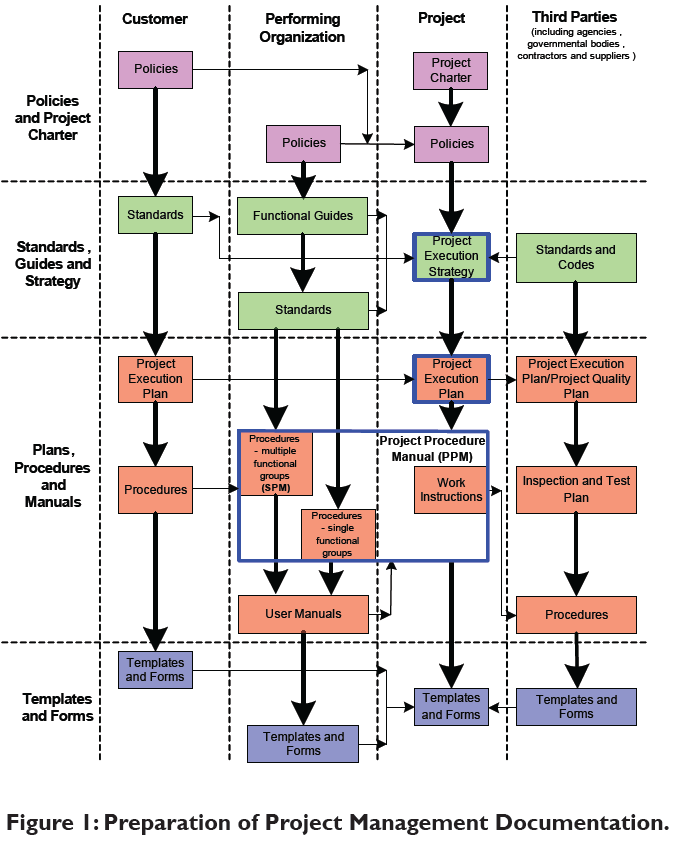Optimizing Task Cooperation: Engineer's Best Practices in Construction Document Administration
In the intricate realm of architectural jobs, the reliable administration of building records stands as a foundation for success. Engineers, with their meticulous focus to information and innovative style remedies, are entrusted with orchestrating a harmony of timelines, sources, and stakeholders. Nonetheless, among this intricacy exists a crucial inquiry: exactly how can architects simplify partnership procedures to improve task end results? By discovering vital methods such as leveraging cloud-based platforms, developing robust communication protocols, and making sure information safety and security, designers can boost their paper management practices to new elevations.
Leveraging Cloud-Based Platforms
Leveraging cloud-based platforms is an essential strategy for modern engineers in enhancing building and construction document management processes. By transitioning from typical paper-based systems to cloud services, designers can simplify cooperation, boost file accessibility, and boost overall project effectiveness. Cloud-based platforms provide engineers the capability to store, share, and update construction records in real-time, making sure that all employee have accessibility to the most present info no matter of their place. This accessibility promotes smooth communication and control amongst task stakeholders, causing fewer mistakes and hold-ups in the construction process.
In addition, cloud-based systems offer a safe and secure environment for keeping sensitive task info, using security, routine backups, and individual consent settings to shield data integrity. Designers can likewise gain from the scalability of cloud services, allowing them to readjust storage capability and functionality based on task needs. Generally, leveraging cloud-based platforms empowers architects to enhance their construction record administration procedures, driving higher cooperation, effectiveness, and success in their tasks.
Implementing Version Control Solution
Having established the benefits of cloud-based platforms in building paper administration, architects can now enhance their record control procedures by executing Variation Control Equipment. Version Control Equipment (VCS) are important tools that track modifications in records, making sure that group participants are constantly collaborating with the most recent and most accurate details. By applying VCS, architects can preserve a central repository where all task papers are saved, allowing smooth cooperation while reducing the risk of errors and version disputes.
One trick advantage of Version Control Equipment is the capacity to track the total background of document changes, allowing customers to return to previous versions if needed (construction document management). This function is particularly important in building projects where design models and adjustments are typical. Moreover, VCS assists in far better interaction amongst staff member by providing a clear audit route of that made details modifications and when they were made. This transparency not just boosts liability but likewise helps in resolving disagreements or discrepancies that might arise throughout the job lifecycle.
Developing Communication Protocols
To ensure efficient and efficient job coordination, engineers must develop clear and robust interaction methods within their building file administration procedures. Interaction procedures define the methods, regularity, and networks where team participants exchange info, updates, and responses. One crucial element of establishing these methods is identifying a central interaction system where all project-related conversations and record sharing can take place. This platform might be a project administration software application, e-mail strings, or cloud-based storage space solutions. By establishing guidelines on just how information is distributed and just how staff member communicate with each various other, architects can enhance the flow of data and prevent miscommunications or hold-ups in the construction procedure.
Additionally, interaction protocols need to also include standards on how to handle conflicts, change orders, and urgent issues that may develop throughout the task lifecycle. Establishing an organized technique to interaction makes certain that all stakeholders are on the exact same web page, promotes openness, and ultimately contributes to the effective completion of the building and construction project.
Making Use Of BIM Software for Sychronisation
BIM software plays a critical duty in enhancing sychronisation among task group members in the building and construction sector. Structure Info Modeling (BIM) helps with partnership by offering a central platform where architects, engineers, specialists, and other stakeholders can collaborate in a coordinated manner. Via BIM software application, project individuals can access and update a shared model which contains in-depth info concerning the structure layout, construction components, and task routines.

In addition, BIM software application makes it possible for real-time partnership and communication amongst employee, no matter their physical area. With cloud-based BIM platforms, task stakeholders can access the most recent project details, track changes, and make notified choices without delay. Generally, leveraging BIM software program for sychronisation boosts job efficiency, performance, and eventually causes effective task outcomes.
Ensuring Information Safety And Security and Compliance
In the realm of building and construction record monitoring, guarding information stability and making certain regulatory compliance are extremely important considerations for engineers and various other task stakeholders. Engineers need to carry out durable safety and security steps to secure delicate project details from unauthorized accessibility or breaches.

Final Thought
Finally, engineers can enhance job collaboration in construction paper management by leveraging cloud-based systems, executing version control systems, establishing communication protocols, using BIM software application for control, and making certain information security and compliance. These finest practices aid simplify the building procedure, enhance interaction amongst job stakeholders, and enhance efficiency in project shipment. By following these guidelines, designers can properly take care of construction records and assist in effective project outcomes.
With BIM software application, job participants can access and update a common version that consists of thorough details about the structure layout, construction components, and task routines.
Through this article cloud-based BIM systems, project stakeholders can access the most recent project info, track adjustments, and make educated choices immediately - construction document management. Generally, leveraging BIM software for control boosts job effectiveness, efficiency, and ultimately leads to successful task results
In final thought, architects can maximize job partnership in construction record monitoring by leveraging cloud-based systems, applying variation control systems, establishing interaction protocols, making use of BIM software for coordination, and ensuring information safety and security and conformity. These best practices aid streamline the building process, enhance interaction among job click this stakeholders, and improve performance in task distribution.
Comments on “Simplify Partnership: The Power of Construction Document Management Systems”